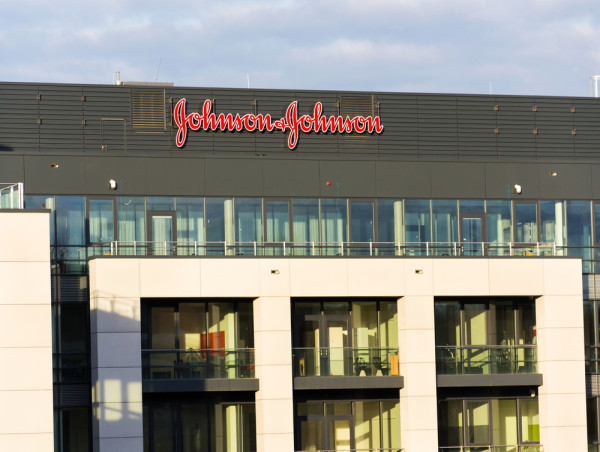In the ever-evolving pharmaceutical landscape, financial stability and business resilience are crucial for long-term success.
S&P Global, a leading financial information firm, recently released a comprehensive report evaluating the world’s top pharmaceutical companies based on their business and financial risk profiles.
The findings reveal the strengths, vulnerabilities, and diverse strategies of these industry giants, offering a snapshot of their current standing in a competitive market.
Johnson & Johnson
Johnson & Johnson leads the list with an “excellent” business risk profile and a “minimal” financial risk profile, according to S&P Global’s assessment.
The company’s unparalleled scale, generating $85 billion in revenue in 2023, positions it well across multiple sectors within the healthcare industry.
This immense scale provides a strong buffer against market fluctuations and economic downturns, ensuring its continued dominance.
Roche
Roche is another top contender, sharing the same high ratings as Johnson & Johnson.
Roche’s strength lies in its extensive portfolio of blockbuster drugs—medications that generate over $1 billion in sales annually.
In 2023, Roche had 15 such drugs, underscoring its strong market position and innovative pipeline.
This diversified product base not only drives revenue growth but also mitigates risks associated with specific products.
Sanofi
Sanofi, the French pharmaceutical giant, earned an “excellent” business risk profile but was noted for its “modest” financial risk.
With $46 billion in sales and $11 billion in net income in 2023, Sanofi’s business operations are robust.
However, the company faces challenges in maintaining financial stability due to fluctuating market conditions and competitive pressures in key therapeutic areas.
Novartis
Novartis also received an “excellent” business risk profile with a “modest” financial risk rating.
The company’s strength lies in its diversified product offerings, which span a wide range of diseases.
In 2023, Novartis’s top-selling drugs targeted heart failure, psoriasis, and anemia.
This diversified approach helps reduce reliance on any single product line, spreading risk across multiple therapeutic areas.
AstraZeneca
AstraZeneca shares a similar rating with Sanofi and Novartis but has a history of inconsistent revenue performance, with four years of declining sales in the past decade.
Despite its strong product pipeline, the company faces challenges in sustaining growth, which S&P Global has highlighted as an area of concern.
Novo Nordisk
Novo Nordisk, renowned for its diabetes treatments like Ozempic, earned a “strong” business risk profile and a “minimal” financial risk profile.
While the company’s innovation-driven growth is impressive, it faces risks due to revenue concentration, with over 40% of its total revenue coming from a single product. This dependence poses a potential challenge in the future.
Eli Lilly
Eli Lilly, another leader in diabetes treatments, shares a “strong” business risk profile and a “modest” financial risk profile with Novo Nordisk.
The company’s focus on GLP-1-based products for obesity is expected to reduce its dependency on diabetes treatments over time, providing a more balanced revenue stream.
Merck
Merck was rated with a “strong” business risk profile and a “modest” financial risk profile.
Its global reach is a significant strength, with over half of its revenue generated outside the United States.
This geographic diversification helps Merck navigate the complexities of different markets, reducing the impact of localized challenges.
Pfizer
Pfizer, despite having an “excellent” business risk profile, was rated with an “intermediate” financial risk profile.
The company’s financial performance has been impacted by a decline in sales of COVID-19-related products.
As the pandemic wanes, Pfizer faces the challenge of stabilizing its revenue streams and finding new growth avenues.
GSK
GSK received the same ratings as Pfizer—an “excellent” business risk profile and an “intermediate” financial risk profile. With $38 billion in revenue in 2023, GSK is one of the smaller players among the top pharmaceutical companies, posing challenges in competing with larger rivals in the global market.
S&P Global’s latest ratings highlight the varying strategies and challenges facing the top pharmaceutical companies. While some excel through scale or innovation, others must navigate the complexities of financial and market risks to maintain their positions in this dynamic industry.
The post Top 10 pharmaceutical companies in 2024: S&P Global's latest ratings and rankings appeared first on Invezz




